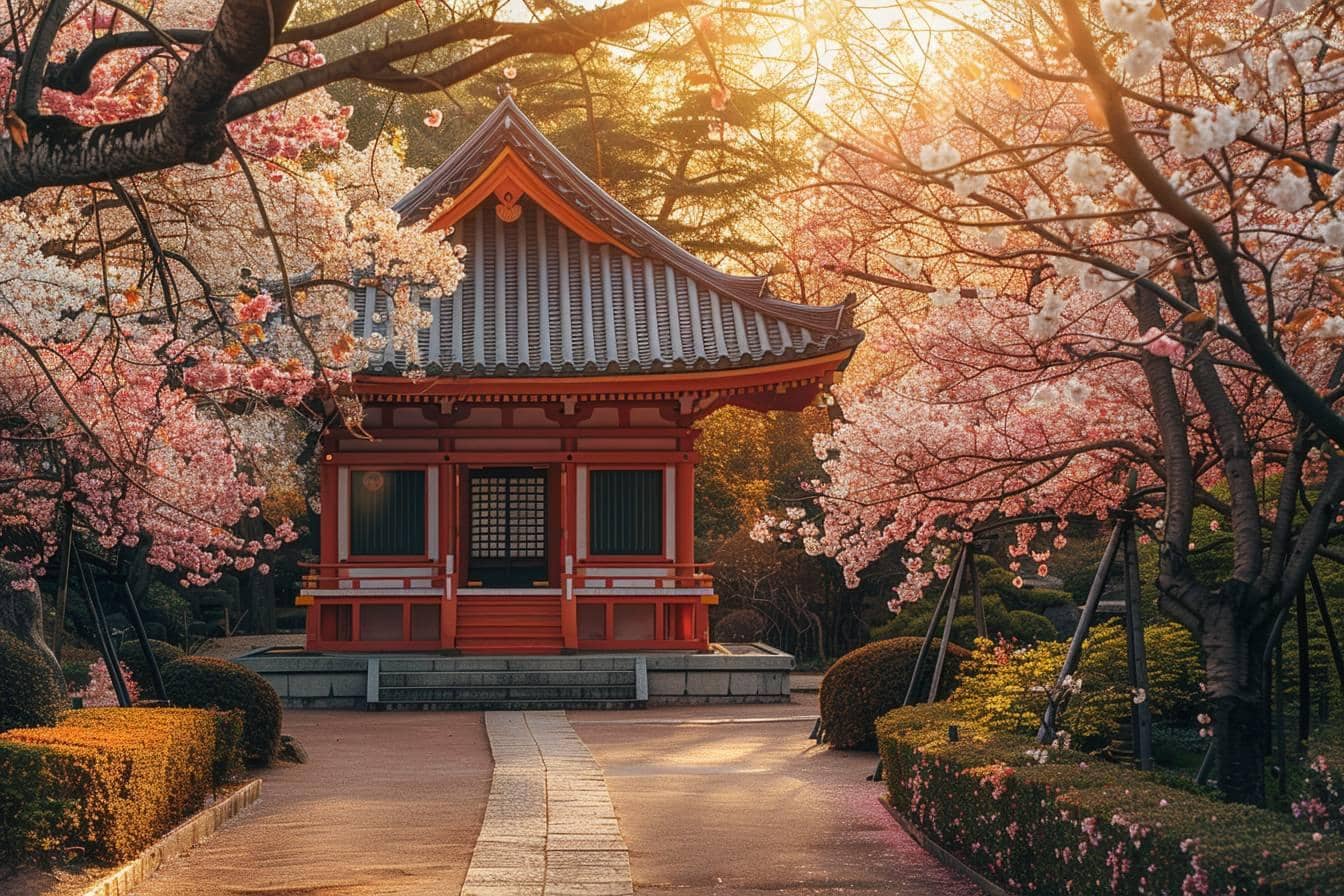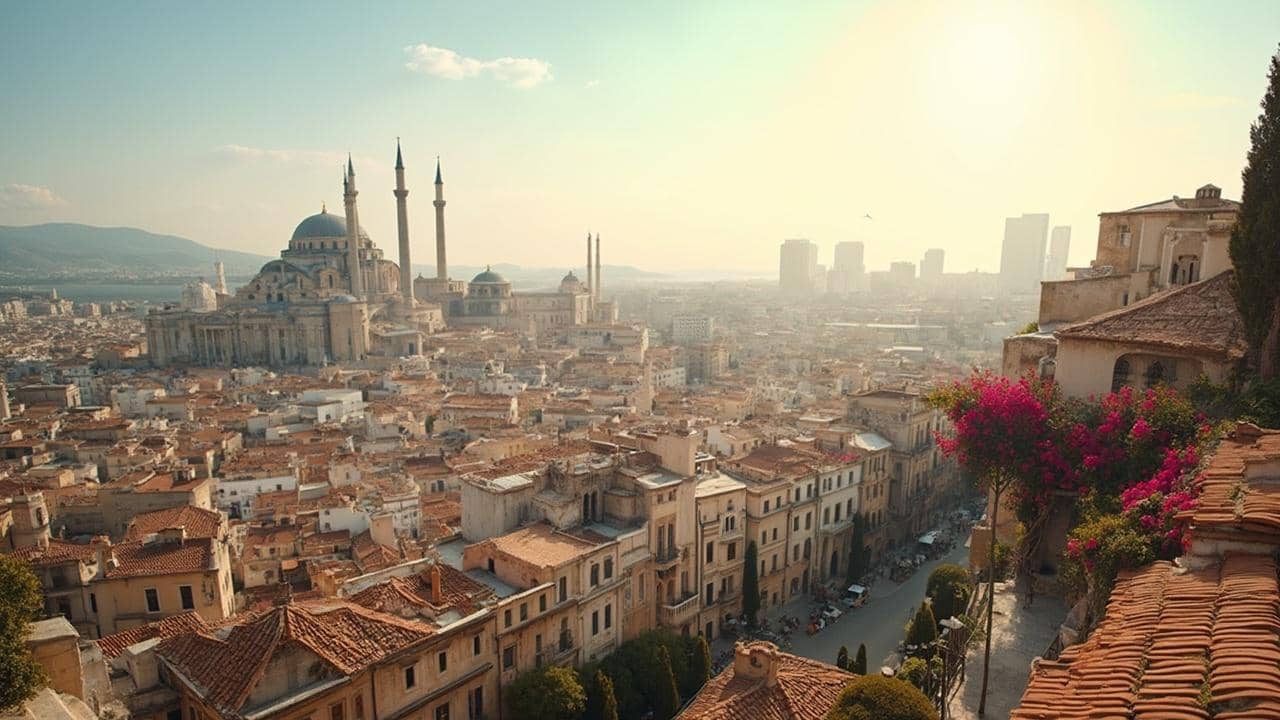When you think of Japan, you might first picture bustling cities and advanced technology, like Tokyo’s towering skyscrapers or the Shinkansen bullet trains speeding across the countryside.
But, as a globetrotting web developer, I’ve had the privilege of experiencing Japan beyond the typical tourist highlights.
The country offers a labyrinth of experiences, from ancient traditions to stunning natural landscapes, which might change your thoughts about the Land of the Rising Sun.
In this article
- Discover the resilience and innovation of Japan
- Traditions entwined with modernity
- Geographical splendours and challenges
- Final insights on Japan's global influence
Discover the resilience and innovation of Japan
Japan stands out as a beacon of innovation in technological and economic triumphs. The country’s dedication to technology and education has positioned it as a global leader, yet its journey hasn’t been without hurdles.
Recalling a trip amid Tokyo’s cherry blossoms, I was moved by stories of the 2011 earthquake and tsunami. These tragic events were a sad reminder of the unpredictable natural forces that often shape Japan’s geography and influence its culture.
The 2011 Tohoku earthquake and subsequent tsunami were defining moments for Japan. With a magnitude of 9.0, it was the country’s most powerful earthquake ever recorded.
This disaster shifted the Earth on its axis and underscored Japan’s vulnerability to natural calamities. Japan lies on the “Pacific Ring of Fire,” where seismic activities are frequent. Despite this, Japan’s response showcased extraordinary resilience and a robust commitment to disaster preparedness.
The aftermath was devastating, with damages costing around $360 billion. However, Japan’s recovery efforts were highly efficient. Within a year, debris was extensively cleared, and infrastructure was notably restored, demonstrating Japan’s unwavering dedication to bounce back stronger.
This resilience is not just in response to natural disasters but is also reflected in their approach to societal and technological challenges.
Traditions entwined with modernity
Japan’s culture is a fascinating amalgamation of ancient customs interwoven with modern life, creating a unique cultural tape.
| Tradition/Modern Element | Details |
|---|---|
| Tea Ceremonies | Traditional tea ceremonies emphasizing mindfulness and respect are conducted serenely amidst bustling city environments. |
| Technology | Advanced robotics and AI technologies developed and integrated into daily life, preserving traditional industries with modern techniques. |
| Festivals | Historical festivals celebrate ancient gods and rites, using modern tools for organization and execution, inviting international audiences. |
| Art Forms | Classical art forms like Kabuki and modern Japanese cinema blend to keep traditional narratives alive in contemporary formats. |
One of my most memorable experiences was participating in a tea ceremony in Kyoto. The harmonious blend of ceremonial tradition and the tranquil garden setting contrasted with the tech-savory lifestyle prevalent in other parts of the country.
This juxtaposition is a testament to the Japanese ability to honor their past while driving forward into the future.

Geographical splendours and challenges
Japan’s topography is incredibly diverse, from the snow-capped peaks of Hokkaido to the subtropical beaches of Okinawa. More than 70% of the country is mountainous, with active volcanoes and dense forests that play a crucial role in Japanese spirituality and art.
The eloquent silence of the mountains is a stark contrast to the nation’s bustling urban centers. Hiking across the Northern Alps gave me unforgettable views that displayed the stark beauty of Japan’s natural landscape—a reminder of the geographical diversity that supports such a rich cultural tapestry.
Despite these natural beauties, Japan’s geographical setting brings significant challenges. It is one of the most seismically active regions in the world, experiencing about 1,500 earthquakes annually.
The constant threat of natural disasters has ingrained a strong sense of preparedness in the Japanese people, reflected in the stringent building codes and the comprehensive disaster education provided to all citizens.
Final insights on Japan’s global influence
Japan’s global influence extends far beyond its technology and business. Its cultural exports, from anime to sushi, have left an indelible mark on global pop culture, creating a soft power that continues to draw people into its cultural orbit.
During a digital nomad meetup in Osaka, I discussed with fellow tech enthusiasts how Japanese robotics and electronics innovations have shaped global industries.
The commitment to quality and meticulous attention to detail in every facet of Japanese life, from bullet trains to mobile phones, inspires professionals and creatives worldwide.
In short, Japan is a country where the past and present coexist in a dynamic continuum.
Whether through its recovery from natural disasters, blending the traditional with the modern, or its geographical splendors, Japan continuously shapes and is shaped by complex factors that make it a fascinating country to explore and understand.




